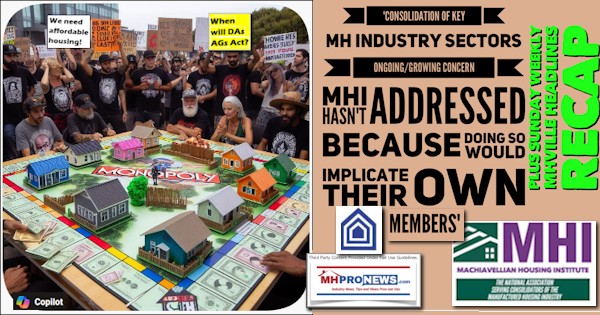Whom should we believe in considering which way the housing market will go in 2015? There are several articles that predict an increase in home sales because many lenders including FHA, and those offering loans backed by Fannie and Freddie, as well as conventional lenders have lowered down payments to 3% and 3-1/2%. Even the down payment on jumbo loans has been lowered at some banks. Home sales are increasing in a number of markets. In this party attmosphere, along comes a very credible financial analyst who is going to rain on the joy-over-housing-sales-growth parade.
Bloomberg News tells MHProNews that they have been publishing Gary Shilling’s analyses and forecasting for economic and financial development in the U.S. and abroad for a long time. Shilling is well respected in the financial industry.
Shilling says that “U.S. housing activity remains weak despite six years of federal government aid, strong interest from overseas buyers, rock-bottom interest rates and massive purchases of mortgage bonds by the Federal Reserve.” Does this mean housing may never spring back to its pre-recession levels? He believes, many signs point to yes.
Shilling mentions that Fed Chair Janet Yellen worries about the negative effects of tight credit standards on housing. While Yellen admits that lenders should have raised their standards earlier, “any borrower without a pretty positive credit rating finds it awfully hard to get a mortgage,” she said. Even Ben Bernanke, her predecessor, was turned down when he tried to refinance his mortgage.
However, he mentions that “The Obama Administration is reversing some of the government post-crisis tightening of lending standards. Fannie Mae and Freddie Mac, which remain under government control and now guarantee about 90 percent of all new mortgages, have reduced the underwriting standards on packages of mortgages they guarantee.”
Shilling cites some additional positive actions by the government including the fact that the Federal Housing Administration just cut its annual mortgage-insurance premium by half a percentage point, to 0.85 percent. The federal Home Affordable Modification Program (HAMP) has also reduced mortgage costs for 1.3 million homeowners by lengthening repayment terms, reducing interest rates and cutting the principal owed, but the backlog of unprocessed applications was well over 200,000 in the spring. The Treasury Department, in response, has extended the five-year-old program, set to expire at the end of 2015, for at least another year.
“As you can see, the federal government is trying mightily to spur housing activity. But don’t expect this small but volatile sector to move the economic needle anytime soon, even as 30-year mortgage rates drop,” Shilling said. “The headwinds from consumer debt, high down payments, unforgiving credit-score standards and worries about another swoon in home prices are too strong.”
There are some positive statistics, Shilling admits. He states that in the week ending January 9, mortgage applications increased 49% from a week earlier and 30% from a year ago. Refinancing applications were up 66 % — the highest since July 2013. Loan applications for new home purchases also rose 24 %, the highest level since September 2013. Is this not good news and cause for celebrating?
Apparently not in Shilling’s opinion. He cites the fact that housing prices are still 18.5 percent below their peak, having declined 34 percent during the bust. In addition, he says that housing starts at an annual rate of 1.1 million remain well below the 2006 peak of 2.3 million and the average of 1.5 million since 1959.
He also points to the fact that sales of existing houses have flattened after a modest recovery, while new home sales had a very limited rebound before leveling off. “Not surprisingly, people prefer to rent, not own, their homes these days. Prospective buyers are often young and suffering from falling real incomes — if they have jobs at all,” Shilling explained. “They also tend to have huge college debts, inadequate credit scores and insufficient funds for down payments. High rental costs, low salaries and student debt repayments are preventing them from building assets and improving their credit scores.”
Other reasons for Millennials not buying a home include delays in marriage and child-bearing resulting from depressed incomes. “So is the fear factor: Young adults realize that, for the first time since the 1930s, house prices on a nationwide basis fell hard in the recent housing bust — and could again,” he added.
Unknown to some, Shilling says that underwater mortgages still exist and are also holding back the housing market. “In the third quarter of last year, mortgages worth more than the market value of the underlying home were 10% of all home loans, down from 13% a year earlier and from 26% in 2009. Another 19% of homeowners don’t have enough home equity to cover the down payment for a new home and moving expenses,” he explained. This means that a lot of people are unable to buy another home, even if they wanted to.
Shilling’s final analysis: “Housing’s feeble recovery is here to stay.” ##
See related articles: (1), (2), (3), (4), (5)
(Photo Credit: Getty Images)
Article Submitted by Sandra Lane to – Daily Business News- MHProNews.



























